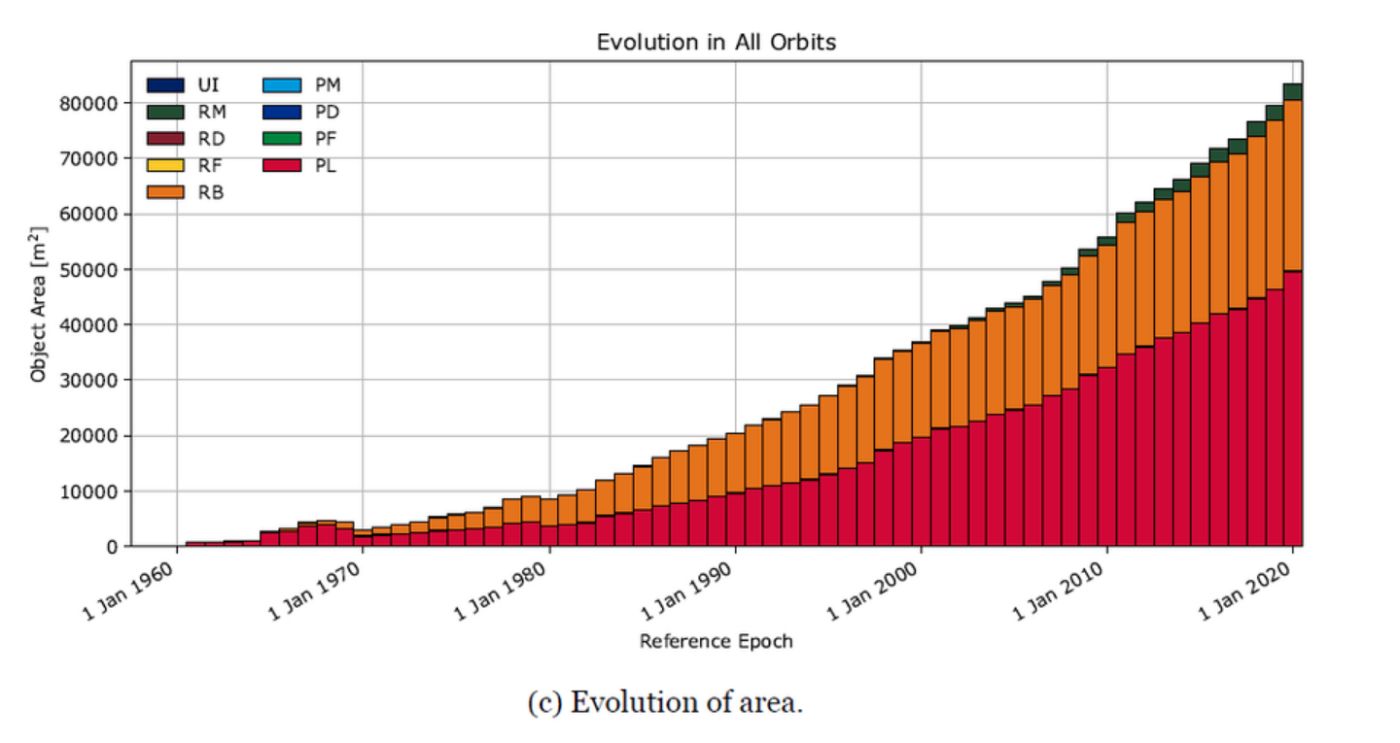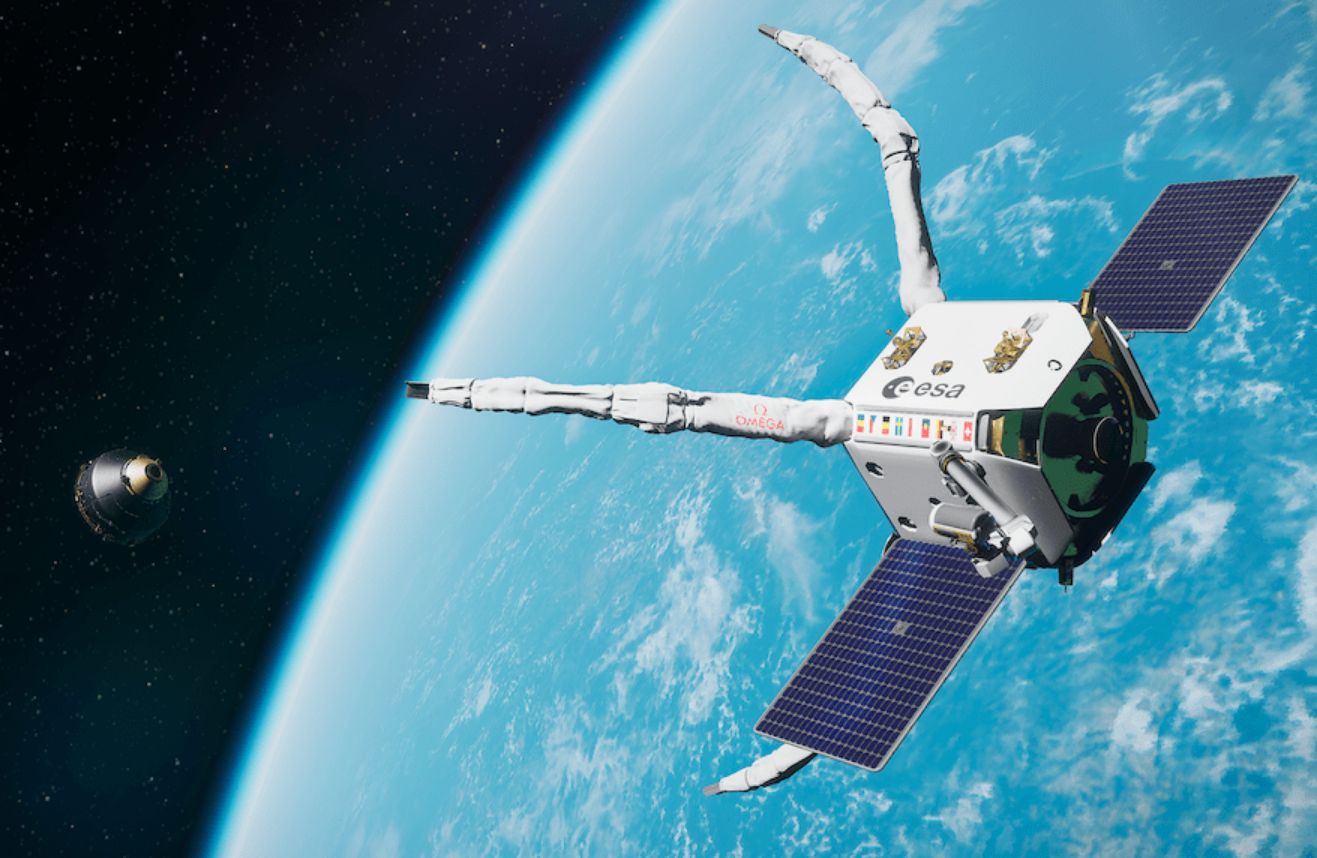We depend on satellites for almost everything. From phone GPS, global internet, weather, and even our bank accounts. But Earth’s orbit is steadily becoming a junkyard. Old satellites, broken rocket parts, and countless fragments of debris are crowding our orbits.
This “space junk” isn’t just untidy, it’s dangerous. One piece of junk could crash into a working satellite and create yet more debris. So space agencies and firms are racing each other to create cleanup technology that once sounded like science fiction: giant nets, robot arms, even lasers to sweep up the mess.
Some experts believe this would be more than a matter of security; something that would develop into a massive new industry worth trillions.
In this article, we’ll look at just how big the problem really is, the tools being designed to fix it, why cleanup could be a huge business on the horizon, and what challenges still stand in the way.
The Scale of the Problem
Space around Earth is becoming dangerously crowded. NASA tracks more than 25,000 pieces of space junk that are larger than 10 cm in diameter, around 500,000 smaller pieces, and over 100 million tiny fragments. Even a fleck of paint, moving at 28,000 km/hr, can ruin an operational satellite.

At the same time, active satellites are exploding in number. About 9,000 were in orbit in 2023, a tenfold jump in just a few years. Projections suggest tens of thousands more by the early 2030s, with some estimates topping 100,000 thanks to mega-constellations.
The danger is imminent: low-Earth orbit collisions can ignite chain reactions that produce yet more debris in what’s known as the “Kessler syndrome.” A 2023 study cautioned that LEO may only be able to tolerate only tens of thousands of satellites safely before descending into chaos.
That is, our orbital highways are turning into a high-speed junkyard, and time is running out to fix that.
The Tools of Space Debris Cleanup
To tidy up the accumulating junk in orbit, engineers are building a new wave of “space janitors.” One of the boldest projects is Europe’s ClearSpace-1, set to launch in 2026. It has four robotic arms to grab an old ESA satellite and pull it into Earth’s atmosphere, where it’ll burn up safely.

Others are also experimenting with various tools. One example is Japan’s Astroscale which has developed a docking system using magnets that would allow a spacecraft to attach with another spacecraft like a pair of magnetic plates. The UK’s RemoveDEBRIS mission showed that nets and harpoons actually work in space and did manage to catch and retrieve mock targets in 2018.
Other strategies involve being inspired by nature, experimenting with “gecko” adhesive pads that attach to oddly shaped debris without crushing it. Still others are building space tugs that push or pull dying satellites and rocket bodies into safer orbits.
Some satellites are already designed with drag sails or electric tethers and, therefore, at the end of a mission naturally fall back into the atmosphere. Scientists are even exploring lasers that could push small debris out of orbit by vaporizing small portions of its surface.
Each of these methods comes with trade-offs, and no single solution will solve the problem. But with dozens of space agencies and startups investing in active debris removal (ADR), the toolbox is expanding quickly, and that’s good news for keeping our orbits safe.
Why It Could Be a Trillion-Dollar Industry?
The money case for space cleanup comes down to preserving what is already up there. The space economy is taking off, with estimates putting it’s value at between $1.8 trillion by 2035. Constellations such as Starlink and OneWeb are valued in billions on their own, and satellite-powered services, from the internet to GPS to Earth imagery, are woven into everyday routine.
Unchecked debris is costly. Economists estimate that by the year 2100, space debris could cost about 1 percent of world GDP annually in lost value, damages paid, and satellite-based service disruptions. That becomes more insurance than luxury for the entire world.
A new industry is already taking shape around “debris-removal-as-a-service,” where governments and private companies pay experts to get rid of old satellites and rocket parts.
Today, that market is still small, in the hundreds of millions, but predictions suggest it could grow into the billions within a decade. If it scales alongside the larger space economy, orbital cleanup has the potential to become a trillion-dollar sector in its own right.
The Human Impact on Earth
Space debris isn’t just a problem floating above our heads, it affects human life here on Earth. So many things that we use day-to-day are dependent on satellites, for example, driving GPS, our mobile data, aviation routes, weather forecasts, emergency services, and even timing systems that international finance operates on. When a satellite meets debris, it can be knocked out of service, costing operators millions and disrupting critical services.
And occasionally, the trouble literally drops back down. One piece of discarded space station equipment came crashing through a roof in Florida in 2021. Near launch sites, individuals have discovered entire rocket stages. Although chances are slim for a person to be hit, a 2020 study in Nature calculated a 10% probability per decade that a human casualty was possible from falling space debris.
The bigger question is deeper: our economies, defense systems, and scientific research are now tightly linked with space. One cascade of collisions in orbits could ripple down into higher insurance costs, inaccurate weather forecasting, lost communications, and threats to national security. It is no longer a choice to keep orbits clean, it is a necessity to minimize threats to people and property on Earth.
Challenges and Risks
As promising as cleanup sounds, it comes with some big obstacles.
First, the technical aspect is tricky. Debris and satellites go around Earth at 7–8 km per second, which makes catching them nearly impossible. One mistake could break the debris into yet more hazardous pieces. Large debris is extra dangerous since rocket stages may yet retain residual fuel or pressurized components that could blow up if mishandled.
There’s also the legal mess. Under present space law, everything that launches into orbit is owned by whoever put it there, regardless of whether it’s a dead junk. That means nobody can touch another nation’s satellite or rocket body without permission. Hence, this raises a tough question: Whose junk gets cleaned up and how? And who pays for it? As yet, no binding international rules exist, only voluntary cooperation.
Finally, the economic problem: constructing, deploying, and running cleanup expeditions is expensive, and we don’t yet have a clear way on how to make money from it. There is no standard price tag for debris removal, and thus, companies are still guessing at business models.
Visionary Closer
Nonetheless, many space experts believe that cleanup is more than a necessity; it’s the future.
If we treat space cleanup as an investment and not a burden, we lay the foundation for new industries, for safer spaceflights, and for the possibility of building a thriving space economy. One day, what we once called junk might fuel satellites, power orbiting factories, and sustain our life on earth in ways we can’t yet imagine.
References
[1 ]https://www.esa.int/ESA_Multimedia/Images/2019/10/Distribution_of_space_debris_around_Earth
[2] https://www.esa.int/Space_Safety/Space_Debris/The_current_state_of_space_debris
[3] https://astrobites.org/2024/04/18/how-can-we-clean-up-space-debris/
[4] https://www.scientificamerican.com/article/there-is-too-much-trash-in-space/
[5] https://www.space.com/arianespace-rocket-space-junk-cleanup-mission-2026
[6] https://www.eurasiastrategyinsights.com/reports/the-space-economy-a-trillion-dollar-industry
[7] https://spacenews.com/clearspace-space-debris-removal-mission-advances-to-its-next-phase/
n n











